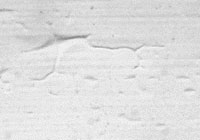
 |
| |
COMMON PAINT PROBLEMS Interior Failures: Burnishing: Cracking/Flaking: Foaming/Cratering: Mildew: Picture Framing: Poor Hiding: Poor Stain Resistance: Roller Marks/Stipple: Surfactant Leaching: Wrinkling |
 Burnishing: Burnishing:Possible Causes: Use of flat paint in highly trafficked areas, where a higher sheen level would be desirable. Frequent washing and spot cleaning. Objects (furniture, for example) rubbing against the walls. Use of lower grades of paint with poor stain and scrub resistance |
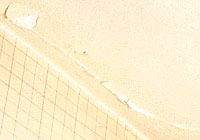 CRACKING/FLAKING: (top) CRACKING/FLAKING: (top) Possible Causes: Use of lower quality paint that has inadequate adhesion and flexibility. Overthinning or overspreading the paint. Inadequate surface preparation, or applying the paint to bare wood without first applying a primer. Excessive hardening and embrittlement of alkyd paint as the paint job ages. |
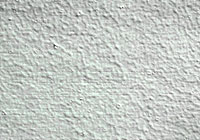 FOAMING / CRATERING: FOAMING / CRATERING:
Possible Causes: Shaking a partially filled can of paint. Use of low quality paint or very old latex paint. Applying (especially rolling) paint too rapidly. Use of a roller cover with wrong nap length. Excessive rolling or brushing of the paint. Applying a gloss or semigloss paint over a porous surface. |
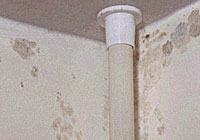 MILDEW: (top) MILDEW: (top)
Possible Causes: Warm, moist, humid conditions (bathrooms, kitchens, laundry rooms) use of an alkyd or oil-based paint, or lower quality latex paint failure to prime bare wood before painting painting over a surface from which mildew has not been completely removed |
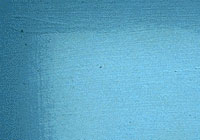 PICTURE FRAMING: PICTURE FRAMING:
Possible Causes: Usually a hiding (coverage) effect. Brushing will generally result in lower spread rates than rolling, producing a thicker film and more hiding. |
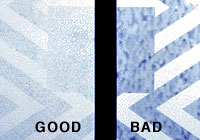 POOR HIDING: (top) POOR HIDING: (top)
Possible Causes: |
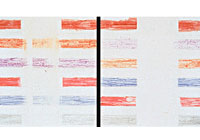 POOR STAIN RESISTANCE: POOR STAIN RESISTANCE:
Possible Causes: Use of a lower quality paint applying paint to an unprimed substrate |
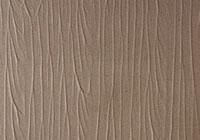 ROLLER MARKS "STIPPLE" (top) ROLLER MARKS "STIPPLE" (top) Possible Cause: Use of incorrect roller cover |
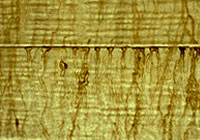 SURFACTANT LEACHING: SURFACTANT LEACHING:
Possible Cause: All latex paint formulas will exhibit this tendency to some extent if applied in areas that become humid (bathrooms, for example), especially in ceiling areas. |
Possible Causes: Paint applied too thickly (more likely when using alkyd or oil-based paints). Painting during extremely hot weather or cool damp weather, which causes the paint film to dry faster on top than on the bottom. Exposing uncured paint to high humidity levels. Applying top coat of paint to insufficiently cured primer. Painting over contaminated surface.
|
